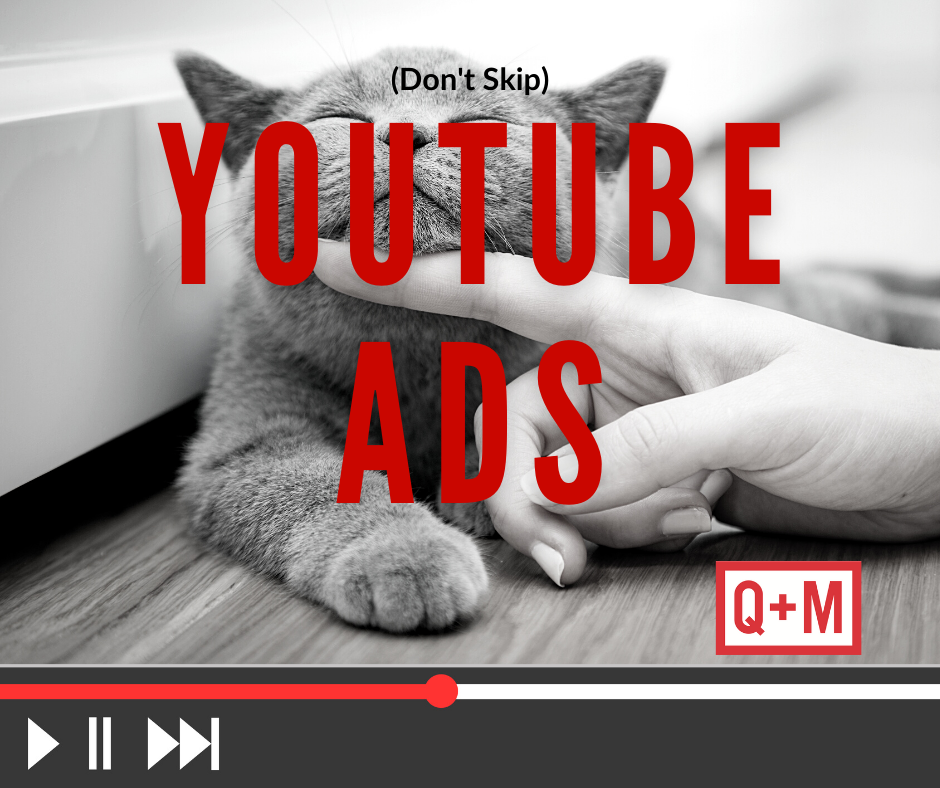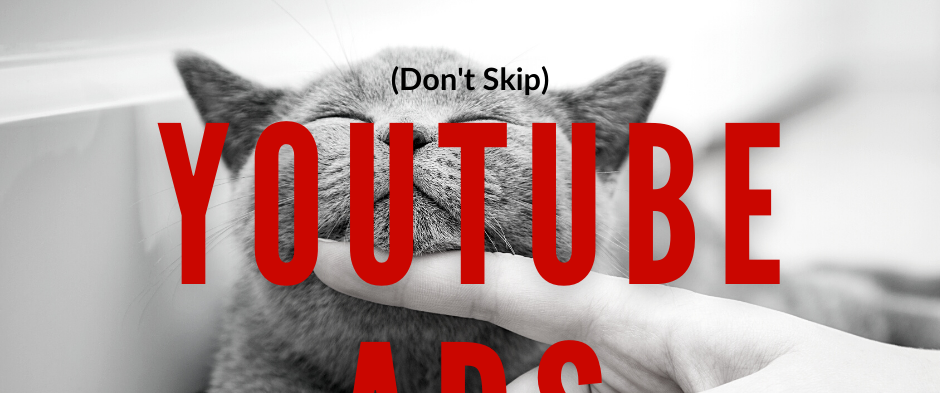Do you even ‘Tube, bro?
Video content has been on the rise for a number of years, and while platforms like Snapchat, TikTok, and Instagram’s Reels have received plenty of buzz along the way, there’s still only one true king of cat videos, and that’s YouTube.

Alphabet, the parent company of the ‘Tube and, of course, Google, has plenty of pans on the stove. For years, YouTube has evolved to play a number of roles for both users and advertisers, but it has seen plenty of growth to support Google Ads in the past several months. It’s playing a larger role in how brands reach users, finding a new sort of middle ground between paid search results, banner ads, and a sort of new-era of commercials for non-premium users. As a result, it’s one of the most versatile, and important, platforms for brands in an age where video is everything.
For marketers, it’s nice to start with a big audience, and they hardly get bigger than YouTube. They have over 2 billion users worldwide, and those views consume (love that word) over billion hours of content each and every day. Of those users, YouTube also claims the eyes of a highly sought-after demographic; they see more 18-49 viewers on mobile alone than cable networks do.
There are plenty of ways for advertisers to reach those consumers, too. YouTube ads are controlled through a brands’ Google Ads account, where marketers can tailor context and links to meet the requirements of six different ads formats. They are:
TrueView ads – These are the ads you have certainly seen, and yes, probably skipped. TrueView ads come in two flavors, Instream and Discovery. Instream ads pop up before a video starts, often with a countdown timer on the left and a ‘skip ad’ option on the right. These ads are tailored to a user’s search and viewing history. That’s also how Discovery ads are served, though they appear in the right-hand column of a user’s screen alongside suggested videos.
These are the best ads on YouTube because you only pay if users watch for at least thirty seconds. Since 76% of users skip ads, that means if you were charged, your viewer was definitely interested!
Non-skippable instream ads – These are instream ads that, you guessed it, can’t be skipped. These are billed differently than TrueView ads, which only count as a view if a user sticks around for thirty seconds. These ads can be served before a video starts, or during any video that’s ten minutes or longer.
No one likes these. That’s why YouTube limited the length of non-skippable ads to 15-20 seconds last year, cutting out 30 second spots entirely.
Bumper instream ads – These are sort of like tiny instream ads. They’re six seconds or shorter clips that can’t be skipped. Like full-length non-skippable videos, they’re billed on a cost per minute basis.
These are often most effective as a part of a larger ad campaign using instantly recognizable elements of TV or digital content that users may already be familiar with.
Sponsored card ads – A sponsored card ad is one of the most low-key advertisements YouTube offers. A sponsored card appears as a small block of text in the upper right hand corner of a playing video, often with a very short, brief call-to-action button. The ad is exclusively pay per click and, when clicked, show a short preview of different content. For years, this type of ad was usually used to show thumbnails and links to other YouTube videos or ads, but now, more retailers are using it to serve customers links through Google Shopping.
Overlay ads – Banner ads aren’t dead, they’re just called overlay ads. It doesn’t get any more simple than this; these are a simple graphic or text-based rectangle that are billed pay-per-click. These are especially useful for smaller businesses who may not be able to invest in the professional, high-quality videos that Trueview instream ads often require. We tend lean more on these sorts of ads for smaller businesses looking to target a local market for goods and services; for example, if a user is looking at grilling videos, they’re a great candidate to see the local Weber grills retailer.
Display ads – Much like Discovery instream ads, Display ads appear in the video queue located on the right side of the user’s screen. They’re different in that these are static text or graphic advertisements that are anchored to the top of the list. They’re simple and effective, a slightly different way to serve ads that might also be effective Overlay ads.
We work with brands to develop the video, the graphics, the formatted ads and the paid campaigns to make the most of YouTube ads in a growing online economy. In Q4 alone, YouTube brought in over $6 billion, a 46% year-on-year improvement. It’s a platform that generates sales through an easy, intelligent, and adaptable platform that we can help make successful for any company. Want to get started? Let’s talk.

